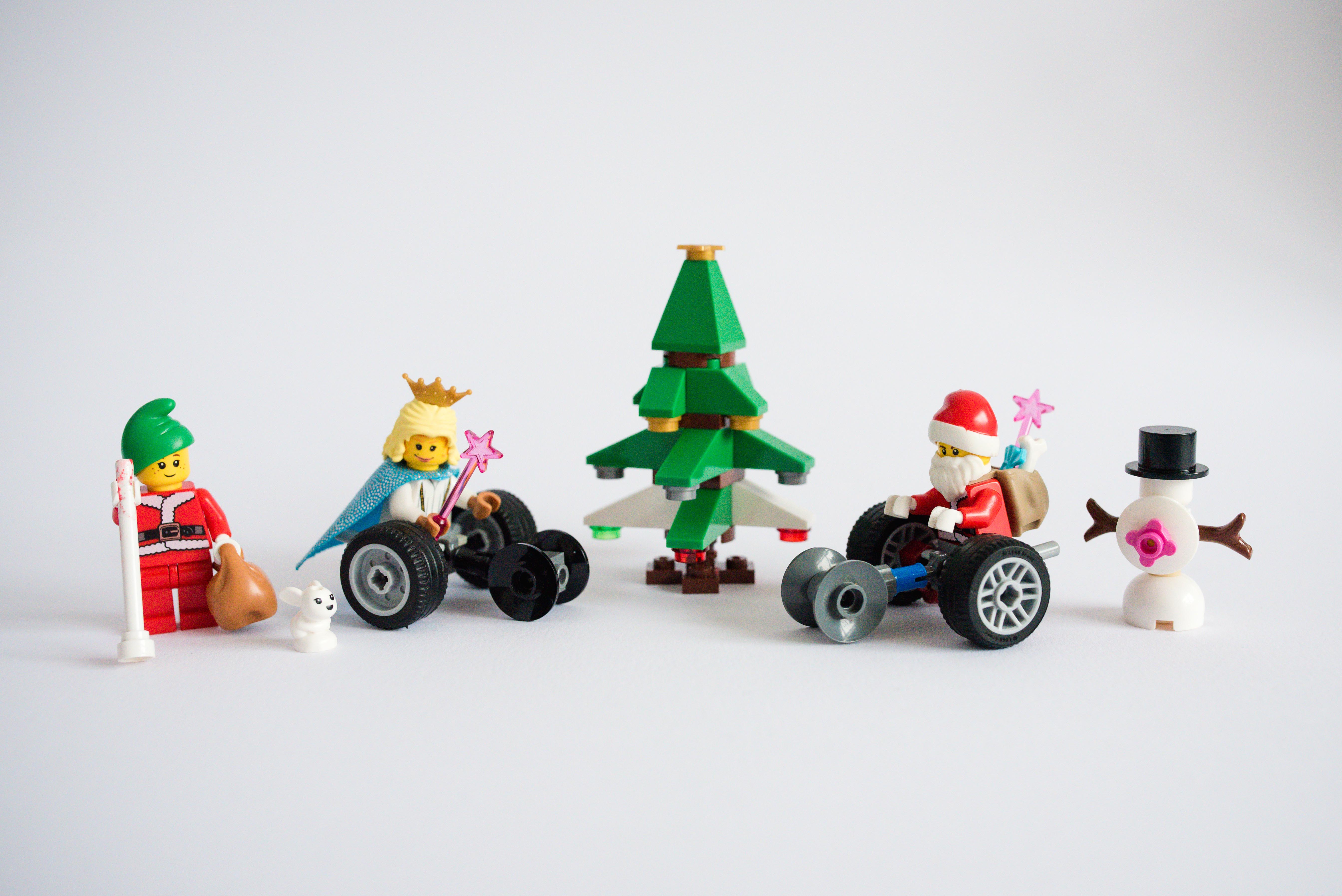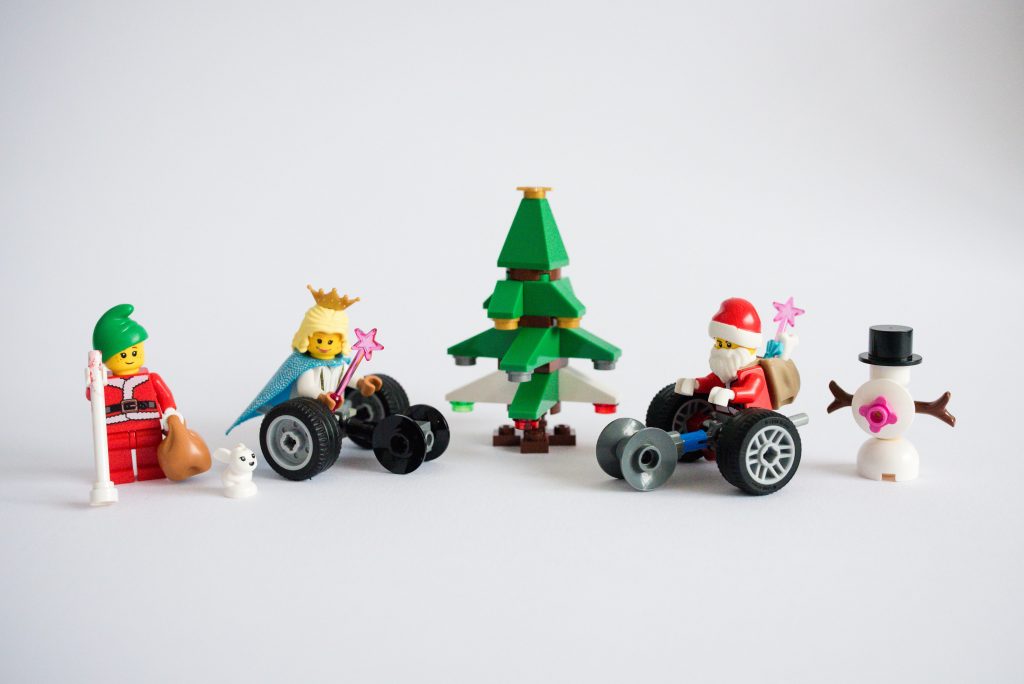********PRESS RELEASE *******
Wheelchair Santa Becomes Most Popular Design on Lego Ideas Platform
Wheelchair using Santa and friends becomes most popular design on Lego Ideas platform as parents flood site to vote.
A model of a wheelchair-using Santa and Christmas Fairy becomes the most popular design on Lego Ideas platform just days after being uploaded by journalist and co-founder of #ToyLikeMe, Rebecca Atkinson.
The design entitled Christmas Wands ‘n’ Wheels, which features wheelchair and white cane using mini figures quickly started gathering votes, overtaking Lego Jeep, Rocket and Vintage Tram designs to become the most popular design of the week, after parents of disabled children flooded to the site to support the idea.
“There are 4 billion Lego mini figures on the planet,” says Atkinson, “But not a single one has a disability. I’d love to see that change and for Lego to celebrate their disabled fans by including positive representation of disability in their products.”
The move to submit the ‘Christmas Wands ‘n’ Wheels’ to Lego Ideas comes after Atkinson gathered nearly 19k signatures on a change.org petition calling for disability representation in Lego products. Despite thousands of signatures, Lego have yet to respond. The Lego Ideas platform allows fans to upload and vote for designs they would like to become reality.
Lego Ideas – https://ideas.lego.com/projects/121896
“For a child with an impairment it would be hugely affirming to be reflected by a brand like Lego,” says journalist and #ToyLikeMe co-founder Rebecca Atkinson. “It says that the brand is behind them, believes in them, and that they are part of the mainstream. For children without a disability, seeing a brand like Lego celebrate human difference helps to create a more positive attitude when they meet someone with an impairment in real life.”
Despite being emailed tweeted, tagged, petitioned and numerous TV and radio appearances by #ToyLIkeMe, Lego have sadly remained silent.
“Lego has huge cultural sway,” says Atkinson, “And the power to really change perceptions. Children look up to global brands like Lego and learn through them. But if these brands don’t include positive disability representation, then what are they teaching children? That exclusion is OK in real life?”
#ToyLikeMe hope that Lego will join the ranks of Playmobil, Orchard Toys, Lottie and Makie dolls, who have already answered the campaign call for positive disability representation in the toy box to help create a more inclusive play landscape and change perceptions of disability for generations to come.
Note for editors –
- Lego is the world’s largest toy company with annual sales of 2.8bn. There are 4 billion Lego mini-figures worldwide but none with a wheelchair or other disability.
- Lego were criticised earlier this year by UK disabled charities after using the derogatory and outdated term ‘window licker’ to market their line of Mixel toys.
- 19,000 people sign change.org petition calling on Lego to represent disability. Lego do not respond. Playmobil responded to similar petition signed by 50,000 and are making toys with disabilities in response to #ToyLikeMe for release next year.
- #ToyLikeMe was established in April 2015 by British journalist, Rebecca Atkinson, and parents of children with disabilities who were tired of not being able to find positive disability representation in toys. The group started to makeover toys to give them disabilities and invited followers to send in their creations. The results went viral and have been shared and viewed thousands of times.
- There are 770,000 children with disabilities in the UK and 150 million worldwide
- #ToyLikeMe has 29k followers in 45 countries since establishing in April 2015. The campaign has received global press, TV and radio coverage.
- Playmobil became the first global brand to back #ToyLikeMe and are working to produce a line of characters that positively represent disability for released in 2016/17

